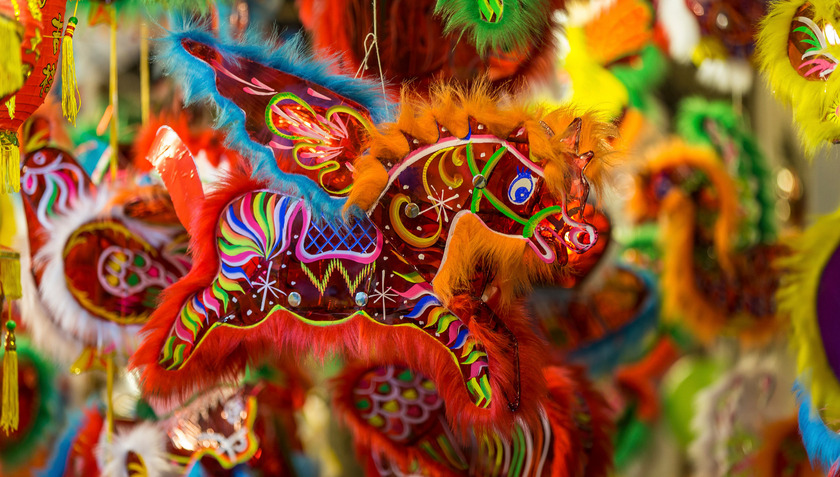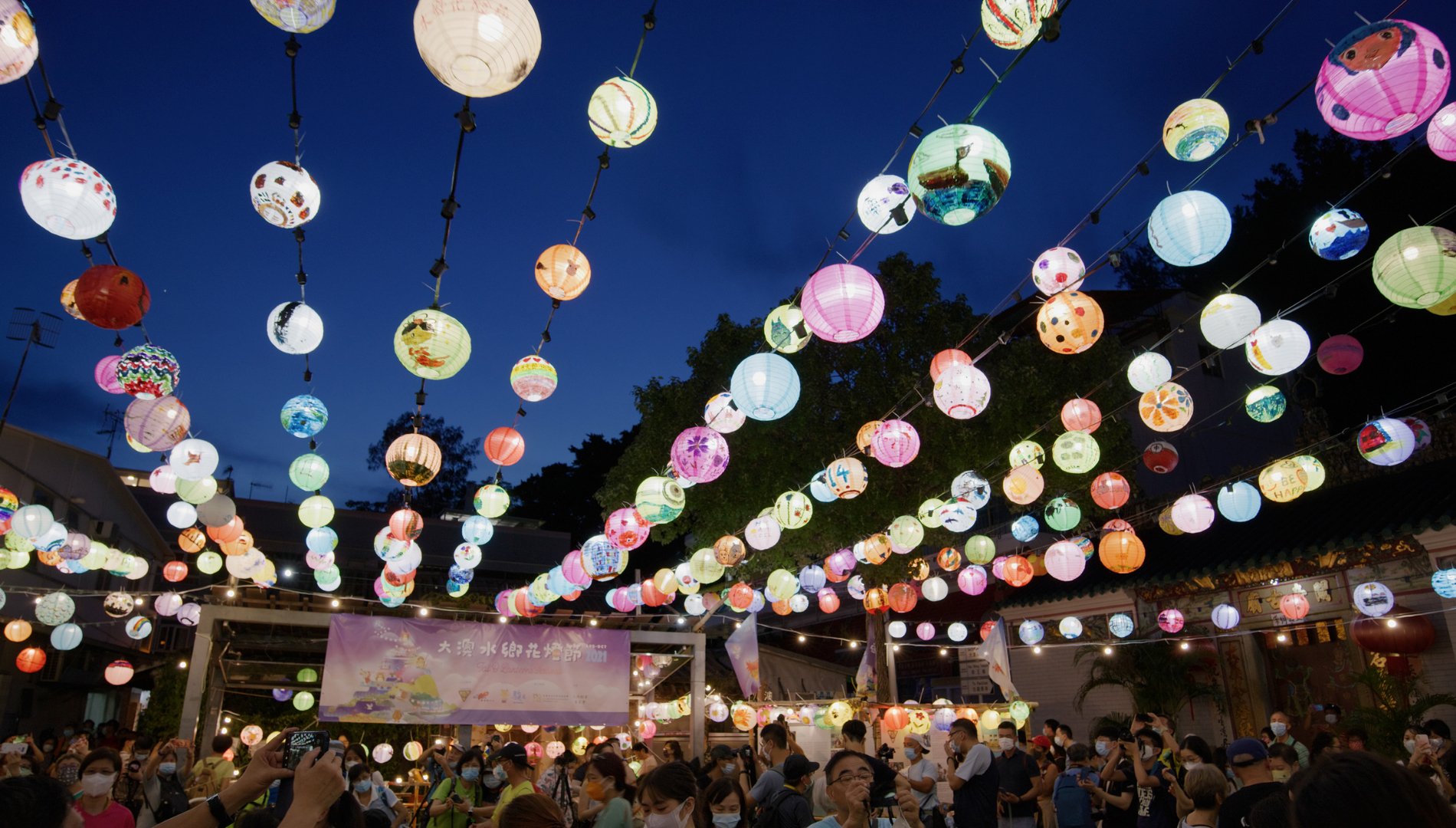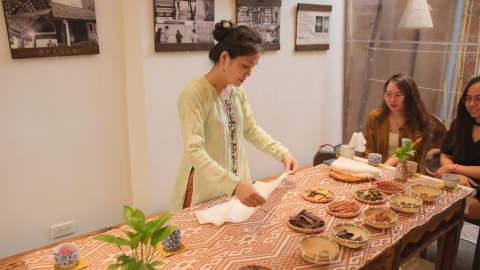From Farmers' Day to Family Reunion
According to culture and festival studies, the Mid-Autumn Festival in Vietnam is classified as a "seasonal festival", meaning a seasonal cultural activity, an agricultural festival, an agricultural ritual.The 15th day of the eighth lunar month, the brightest moon day of the year. Originally the autumn agricultural festival.".
The “Spring and Autumn Periods”, especially the Mid-Autumn Festival, are important festivals in the lives of farmers. In the traditional agricultural calendar, these are two “leisure” periods, and August is when farmers have a chance to rest. After a busy season, they can rest, reunite with their families, and participate in community cultural activities. These festivals not only help people relax, but also contribute to preserving the national cultural identity, creating a united and close-knit community.
Want to eat rice in May
Watching the full moon in August
The moon is clear in the rice season
The moon is dimmed and the rice is harvested.
(Byword)
Author Bui Xuan Dinh wrote in the book Encyclopedia of Traditional Vietnamese Villages that: "In Vietnam, according to recorded documents, the Mid-Autumn Festival is the day when King Ly thanked the Dragon God for bringing rain for a bountiful harvest, and for the people to be warm, prosperous, and happy.".
At the same time, for people who live by rice farming, the Mid-Autumn Festival is also an occasion for people to look at the moon to predict the harvest and the fate of the country. Ancient rice farmers also believed that if the autumn moon is yellow, that year will have a good harvest of silkworms; if the autumn moon is green, that year will have natural disasters; and if the autumn moon is bright orange, the country will prosper...

Mid-Autumn Festival is the middle of autumn, the time when the weather has turned cool, the sun is yellow and the cool breeze begins to blow, turning the leaves yellow.
The full moon, illuminating the nights of water bailing at the village communal house and the golden rice fields, has become an immortal symbol in the Vietnamese soul. That image has entered poetry, music and painting, becoming an endless source of inspiration for artists. On the full moon night of August, when the moon is brightest, people often set up a feast in the yard, watch the moon and enjoy round moon cakes - as a way to express gratitude to nature and pray for a prosperous and happy life.
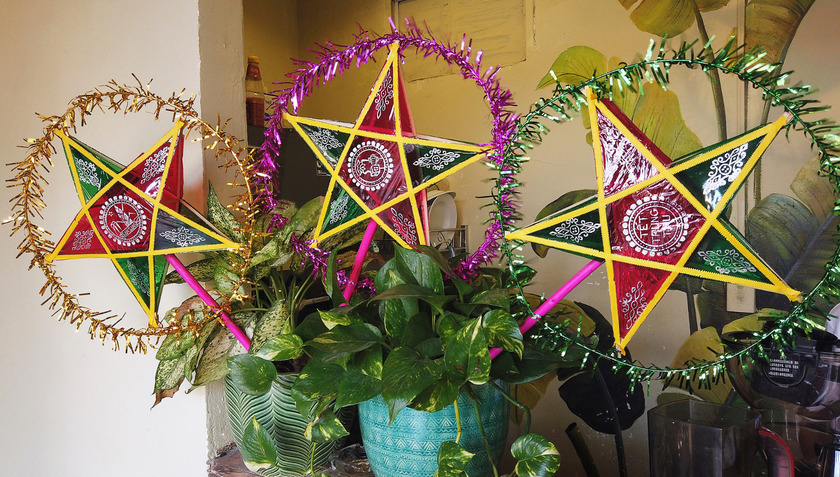
The most beautiful month of August is the day when the moon is bright and full. In their free time, people prepare moon-watching feasts.
On the full moon night of August, the moment when the moon is full, bright and most beautiful in the year, people always take quiet moments to sit together around an elegant tray of food, enjoy tea, wine and watch the bright moon. Therefore, the Mid-Autumn Festival is also called "Moon-Watching Festival". Besides, the Mid-Autumn Festival is also a custom that shows the community spirit of the Vietnamese people. In order to cultivate, survive and develop, the rice farmers are clearly aware of the capacity and strength of the community and the necessity of solidarity and community sentiment.
Love blooms under the full moon
Mid-Autumn Festival, a festival of reunion and gathering, is a thread that connects hearts. The image of colorful lanterns sparkling like little stars, the bustling laughter of children, the fragrance of moon cakes mixed with the scent of milk flowers... have become beautiful memories in everyone's heart. On the full moon night, when the whole family gathers together, enjoying sweet moon cakes, watching the full moon and listening to fairy tales, we feel the warm love spreading.
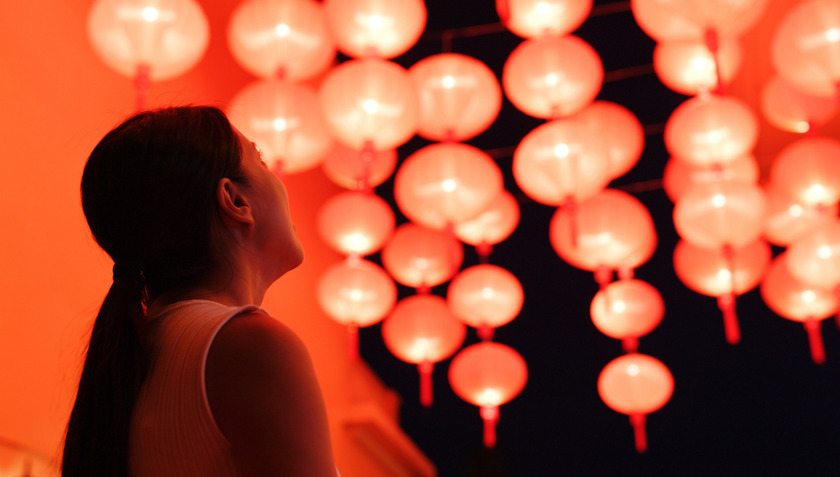
Mid-Autumn Festival means Reunion, an occasion for family members to gather and eat.
Mid-Autumn Festival, a festival of the full moon and family reunion, used to be an occasion for people to pray for favorable weather and bountiful harvests. It was also a season for couples to make promises and for families to gather around a moon-viewing table. Although modern life has changed a lot, the profound meaning of the Mid-Autumn Festival is still preserved.

On this day, not only children but also the whole family gather together, creating a cozy and loving atmosphere.

Now, with the development of science, farmers no longer depend on moon-watching to predict the harvest season, but the Mid-Autumn Festival is still an occasion for people to send their hopes for a peaceful and happy new year. In particular, this is the season of love, when promises of a bright future are given, like flowers waiting to bloom in spring.
And then, when the Mid-Autumn Festival comes, families gather together, enjoy delicious moon cakes, watch the bright moon and play traditional folk games together. Children's laughter echoes everywhere, along with the sparkling star lanterns and fish lanterns, creating a warm and united atmosphere.
